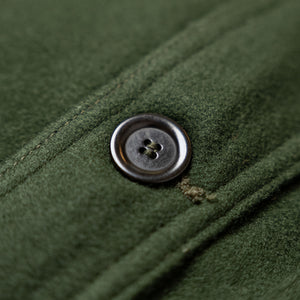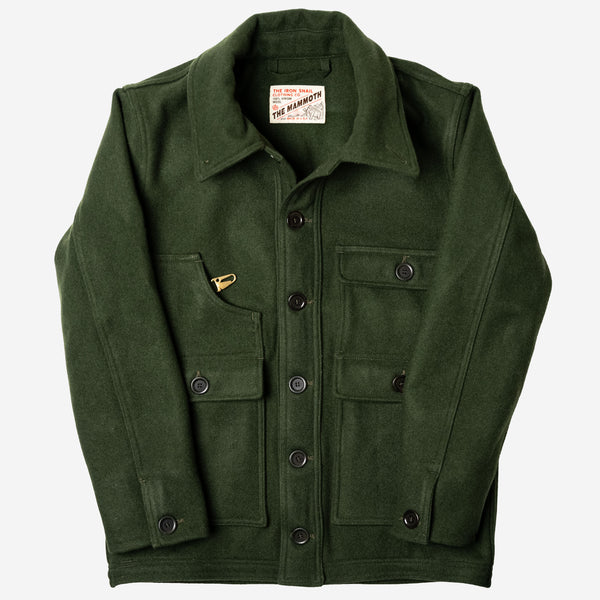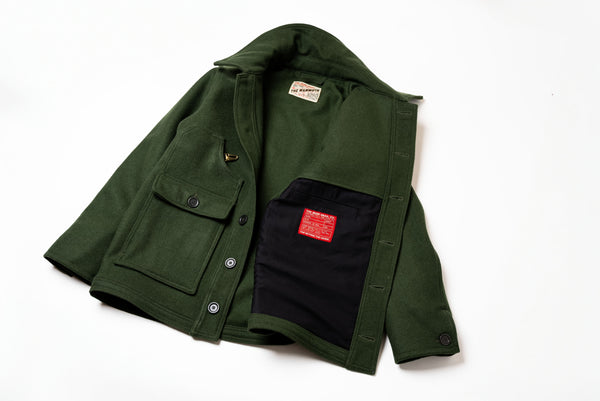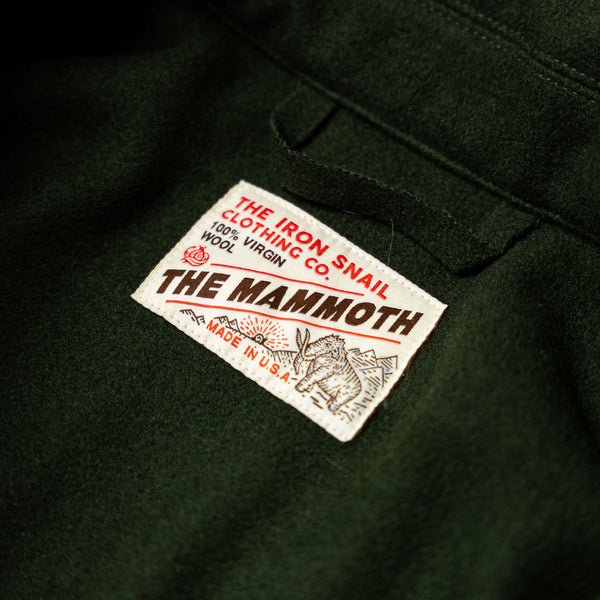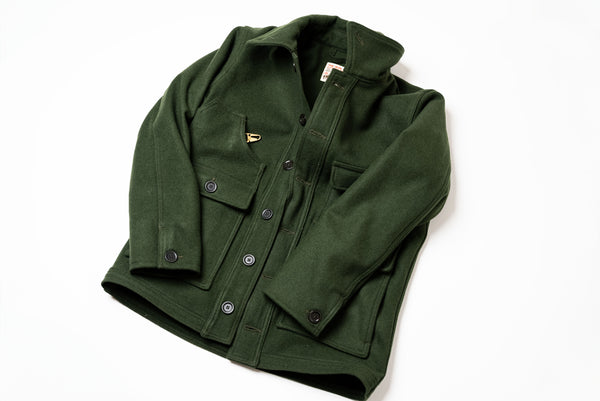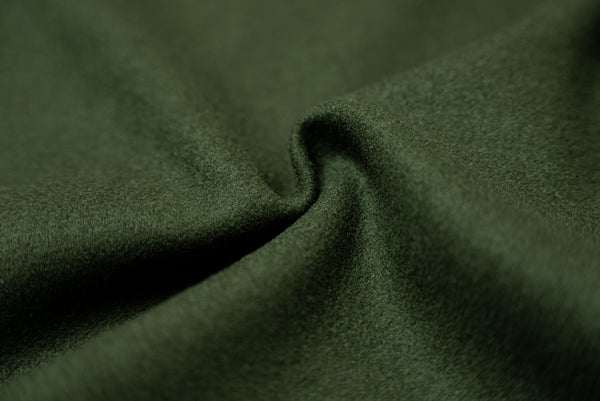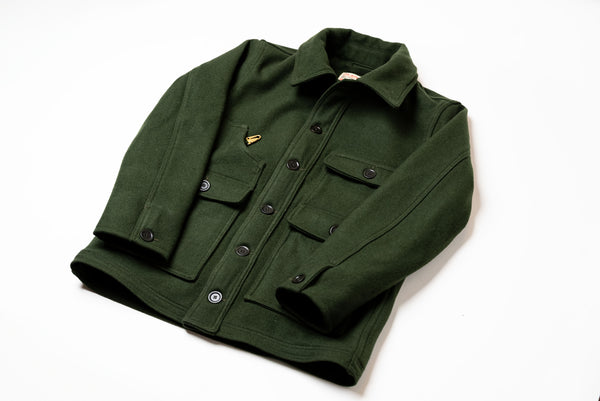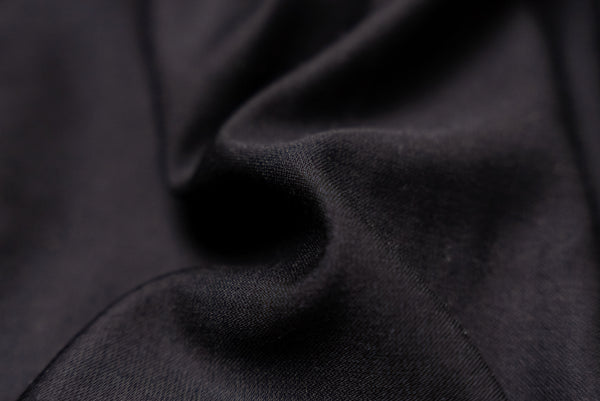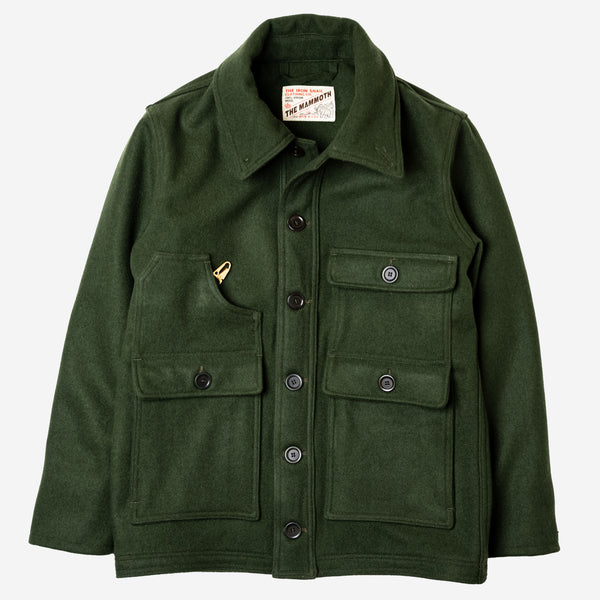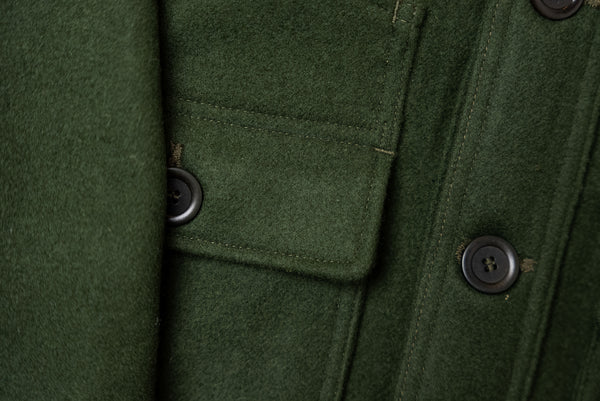The Mammoth Woolen Jacket (V2)
How to Measure for a Mammoth
The Mammoth is coming back in stock soon! Sign up for the email list for the most up to date information.
Everyone needs an heirloom woolen jacket. A jacket that can be proudly passed down through generations; a makeshift blanket, a cape, a cold weather companion. The goal of "The Mammoth" is simple; to be, and remain, unstoppable, to live up to its own name, to be the de facto best woolen jacket on the market. We hope The Mammoth can be yours. Let us introduce you two.
The Mammoth" at its thinnest point is 37-oz./LY of some of the finest wool available and, at it's thickest, a staggering 65-oz./LY. This jacket is so robustly built in fact, we debated on including a warning label with the care instructions.
V2 Updates:
- Extended the interior back panel of wool all the way down to the bottom for even more warmth and protection.
- Tightened the storm cuffs and switched them to Merino.
- Increased our shoulder width by 1" (you can stick with your normal size, this was done for easier layering).
- The cuffs are now buttoned to allow bulky mittens to be worn if needed.
- Lil' patch update too.
Please, make sure to layer properly when venturing on daring excursions with "The Mammoth". It's beyond warm.
Specs at a Glance

The Tale of The Mammoth
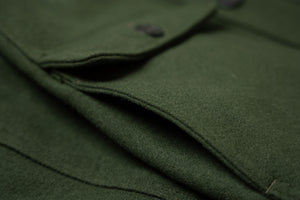
The Hoxie Woolen Outer
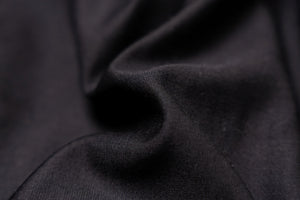
The Perfectly Suited Lining
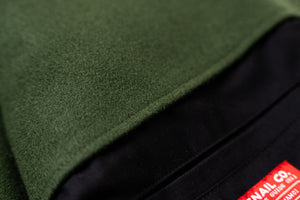
The Wind Wall
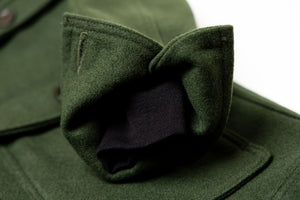
The Mighty Storm Cuff
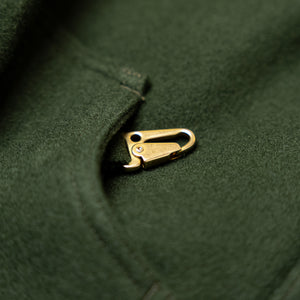
The Handy Action Clip
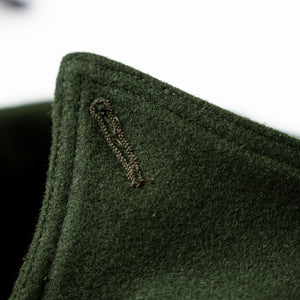
The Locking collar
